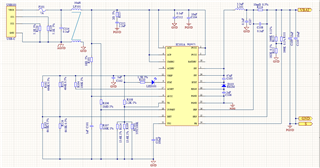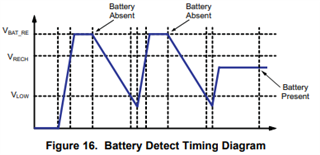Other Parts Discussed in Thread: BQ25616, BQ25606
Hi, T.I's FAE, hello!
The following picture is the schematic diagram I designed for BQ24171. Could you please help review if it is correct? Thank you.
Among them, my power input specification is 5V output, single battery, battery voltage is 4.40V ± 0.05V, and charging current is 2A ± 0.1A.
At the same time, I would like to ask the following questions:
1、 According to the introduction of BQ24171 specification book, the pre charging current is 0.1 times the fast charging current, and the charging current drops to 0.5 times the charging current of 10-60 ℃ when Cold is between 0-10 ℃. These are fixed parameters. Is there any other way to reduce the pre charging current to 0.08A while ensuring a fast charging current of 2A, and the charging current of Cold is reduced to 0.8A when Cold is between 0-10 ℃? If there is any way, please share with me for reference.
2、 If my battery comes with a thermistor, can I directly pull the TS pin onto the battery, or should I keep the thermistor connected to the TS pin?
3、 Does BQ24171 have battery backflow protection?
4、 What is the function of the System? According to the schematic diagram below, the System is directly connected to the battery. Is this correct?
5、 Is the usage of D103 freewheeling diode in the following schematic correct? I am using a 1000V/2A fast tube
6、 When there is input, does the LED light keep flashing without connecting to the battery?
Thank you for the above. Looking forward to your reply
The schematic diagram is as follows







